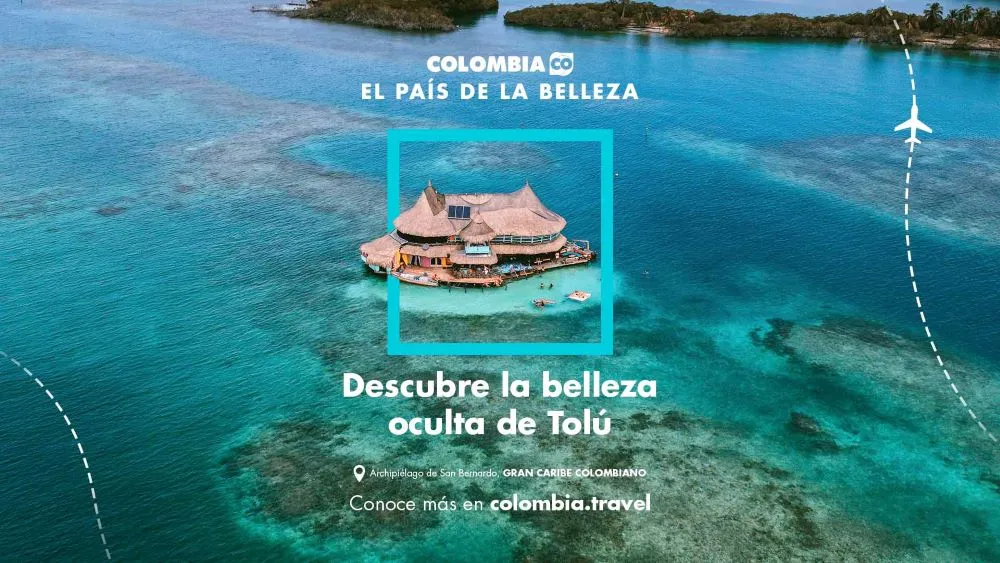Le voyage, dans son essence, est une quête de découverte, d’évasion et de connexion. Mais à une époque où la durabilité est au cœur des préoccupations mondiales, une nouvelle forme de tourisme émerge, allant au-delà de la simple conservation : le tourisme régénératif.
Contrairement au tourisme durable, qui vise principalement à réduire l’impact négatif des voyages, le tourisme régénératif aspire à laisser une empreinte positive sur les destinations. Il ne s’agit pas seulement de préserver, mais d’enrichir, de revitaliser et de renforcer les écosystèmes et les communautés locales.
Au cœur de cette approche se trouve l’idée que les voyageurs peuvent être des agents de changement. Plutôt que d’être de simples consommateurs de paysages et de cultures, ils deviennent des contributeurs actifs à la régénération des lieux qu’ils visitent. Cela peut se traduire par des actions concrètes, telles que la participation à des projets de reforestation, la restauration de patrimoines culturels ou le soutien à des initiatives économiques locales.
L’Amérique latine, riche de sa biodiversité et de ses cultures ancestrales, est particulièrement propice à cette forme de tourisme. La région, avec ses paysages variés allant des forêts amazoniennes aux plages caribéennes, offre une toile de fond idéale pour des expériences touristiques régénératives. Mais au-delà de la nature, c’est la chaleur et la richesse des communautés locales qui font la différence, transformant chaque voyage en une expérience d’échange et de partage.
Mais pourquoi ce besoin de régénération ? La réponse est simple : les impacts du tourisme de masse. Les destinations populaires, victimes de leur succès, voient leurs écosystèmes menacés et leurs cultures locales diluées. Le tourisme régénératif offre une alternative, en plaçant la régénération et la responsabilité au cœur de l’expérience.
Les avantages sont nombreux. Outre la préservation et l’enrichissement de l’environnement, le tourisme régénératif renforce les liens entre les voyageurs et les communautés d’accueil. Il transforme le voyage en une expérience plus authentique, plus profonde et plus significative.
En somme, le tourisme régénératif n’est pas une mode passagère. C’est une vision à long terme, une nouvelle manière de voyager, qui place le bien-être de la planète et de ses habitants au centre de l’aventure. C’est une invitation à redécouvrir le monde, non pas comme un simple spectateur, mais comme un acteur engagé dans sa préservation et sa régénération.
Le tourisme régénératif : une évolution nécessaire
Rafael Cobo, consultant senior d’Impact Hub Madrid, estime que le modèle actuel de tourisme est insoutenable et prône le tourisme régénératif. Selon lui, cette approche va au-delà de la simple conservation et vise à revitaliser et réparer les dommages causés par le tourisme traditionnel. Cette nouvelle forme de tourisme se concentre sur le système vivant dans son ensemble, qu’il s’agisse d’une ville, d’un village ou d’une région, et cherche à revitaliser son essence et son potentiel futur.
Le tourisme régénératif ne se limite pas à la restauration de l’environnement, mais s’étend également à la revitalisation des communautés locales et à la création d’un impact net positif. Il s’agit d’une approche globale qui prend en compte les différents aspects d’une région, tels que le capital social, culturel, naturel et économique.
Le tourisme régénératif est une évolution nécessaire dans la manière de penser et de travailler le tourisme. Il s’agit d’une approche qui va au-delà de la simple conservation et qui vise à régénérer et revitaliser les destinations touristiques. C’est une invitation à redécouvrir le monde en tant qu’acteur engagé dans sa préservation et sa régénération.







